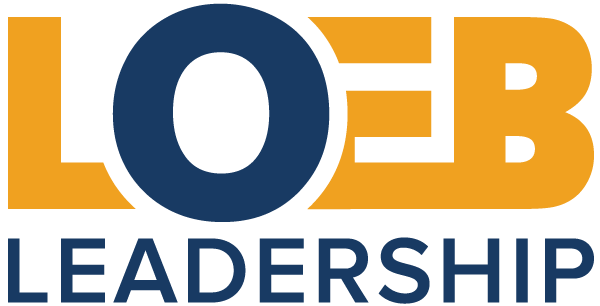March 2021 DE&I Dialogue Group Takeaways
On March 8th, Loeb Leadership held its third “Safe-Space” dialogue session entitled “So, You’ve Made a Diversity Hire, Now What? Moving from Optics to Inclusion.” This topic was inspired by the call to action by Bradley Gayton, Esq., General Counsel of Coca Cola. Over 65 law firms, Fortune 500 companies and educational organizations attended and engaged with Loeb Leadership’s expert panel including Dr. Fritz Galette; Joy Stephens; Rini Fonseca-Sabune, Esq; Organizational Culture expert, David Robert; and moderator and executive coach David Sarnoff, Esq.
In recent months, Mr. Gayton issued a memo to the law firms representing Coca Cola, demanding they increase the hiring of attorneys of color and other underrepresented groups as a condition to continue representing the company. While we support and applaud Mr. Gayton’s call to action, we believe that in order for it to be a long-term solution, it must be supported by creating and maintaining an inclusive culture.
There were many valuable takeaways and highlights from this one-hour dialogue and they are listed below:
· Culture is the behaviors, activities and rituals that guide the “how” work gets done. Creating an inclusive culture requires all employees to be treated with dignity and respect, recognizing that diversity is the strength of the organization and not an impediment to success.
· In order for an inclusive culture to thrive, the leaders of the organization MUST model the behavior that is expected from all employees. If leaders do not model the way, it creates an environment where bad behavior can proliferate.
· When hiring a person of color or other underrepresented group, if there is no inclusive onboarding process, which includes mentorship, sponsorship and career development, the likelihood of long-term tenure is in jeopardy. If an employee does not see representation of organizational leaders or managers that look like them, they may not feel that the company practices an inclusive culture.
· When it comes to holding ourselves and each other accountable for building a culture of inclusion, it can't be some of us all of the time or all of us some of the time, it must be all of us all of the time. For example, if a high performer or revenue generator behaves outside the norms of the organization and is not held accountable, that sends a message to their teams that they do not have to comply with the defined culture as well.
· A group mentoring setting can offer a more enriched learning opportunity than a traditional mentor/mentee relationship. In a group setting, participants have the opportunity to learn from each other as well as the mentor, addressing issues, circumstances, and experiences in real time. Mentoring and sponsorship programs can be tracked and measured regularly (on a monthly basis) to assess their effectiveness. If associates are not getting adequate experience or exposure, check-in to figure out what isn’t working and adjust accordingly. This can be accomplished by creating competencies that are measurable and can be tracked. Rewarding good behavior as opposed to bad behavior should be acknowledged as a best practice.
· Many people are moved by the optics of diversity but that has to be supported by retention. “Cosmetic diversity” is not enough. Organizational culture must change so that people who have traditionally been “outsiders” become valued, welcome and integral parts of the organizational whole.
· Research is clear that diverse teams are more innovative, productive and successful than homogenous teams on an average.
· Organizational change may be uncomfortable – this is a natural part of creating change! Lean into the discomfort – it means that change is really happening.
· Inclusion is the work of everyone in the organization, not just the “Diversity Task Force.”
· DE&I work has to be viewed as professional development and not compliance. It’s not something you can just check a box and be done. Racism, colorism, sexism are GLOBAL issues that exist within every industry.
· Before an organization can implement an inclusive culture initiative in a meaningful way, individuals need to raise their self-awareness as to how their words, actions and reactions affect others. Being mindful that we all bring our life experiences to our workplaces, sets the stage for greater communication and dialogue, opening the path for everyone to be their authentic selves.
· If you are interested in someone else’s culture or aspects of their culture and behaviors, take the time to develop your relationship with them. Intimacy lends itself to developing trusting and genuine relationships.
During the small group discussions, the participants had the opportunity to share their thoughts, experiences and challenges with their company’s/firm’s inclusion efforts.
Loeb Leadership has witnessed through these Safe-Space dialogues the passion and desire of both individuals and organizations to attain a better understanding of diversity, equity & inclusion and how it relates to workplace culture. It is with this understanding that Loeb Leadership has expanded our programming to include DE&I facilitated discussions, training programs, group coaching cohorts and the administration and debrief of the Intercultural Development Inventory® (IDI®) assessment.
To learn more about Loeb Leadership’s Diversity, Equity and Inclusion programming, click here.
If you have any questions, or would like to suggest a topic for future Safe-Space events, please email David Sarnoff at dsarnoff@loebleadership.com.
